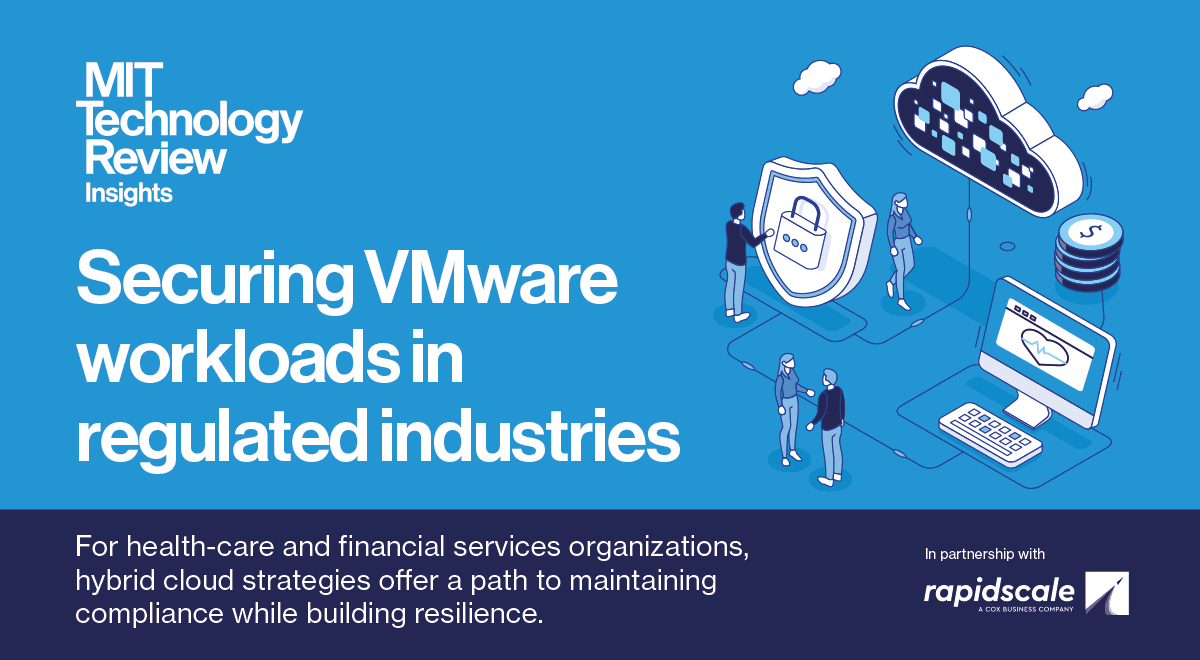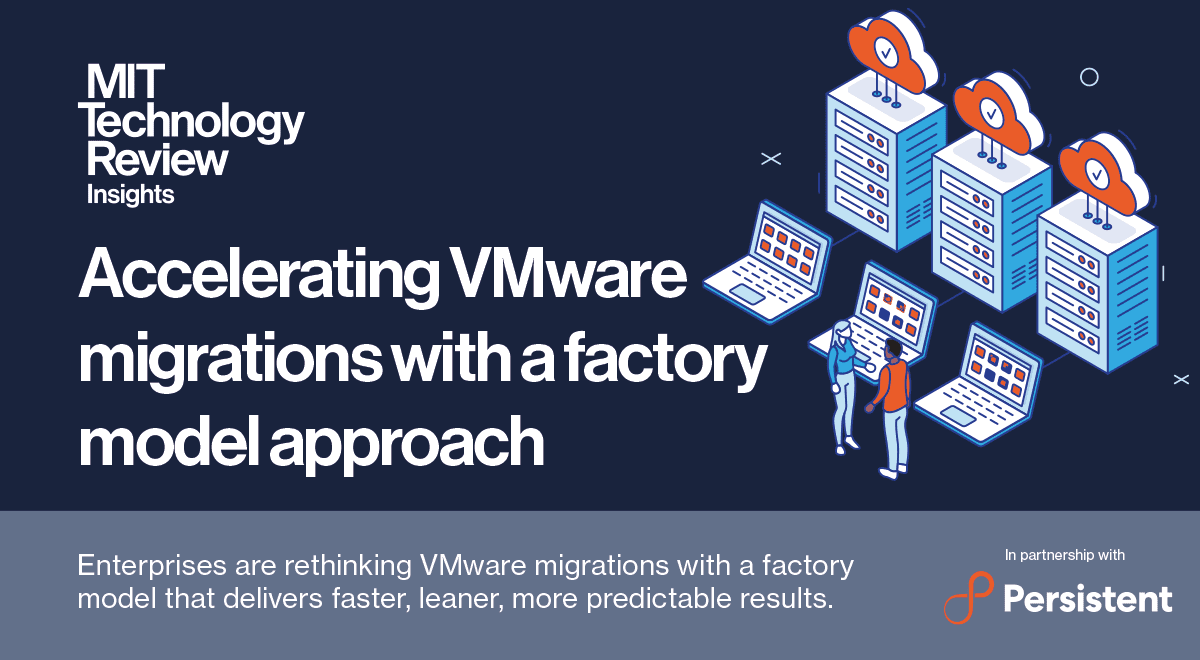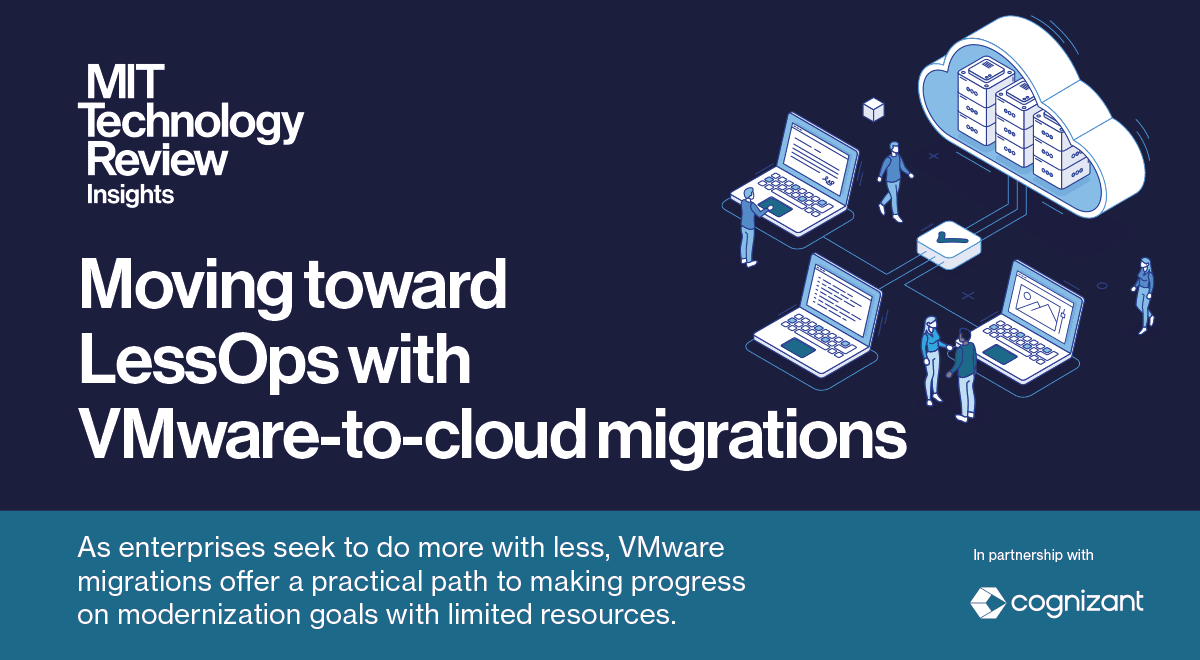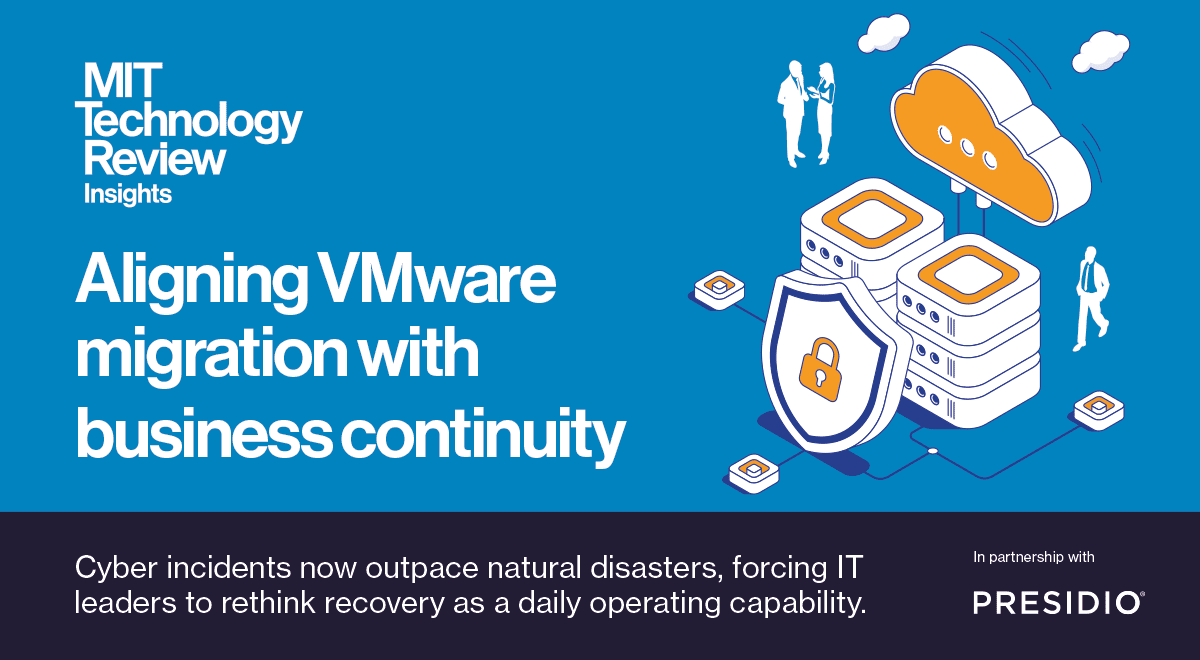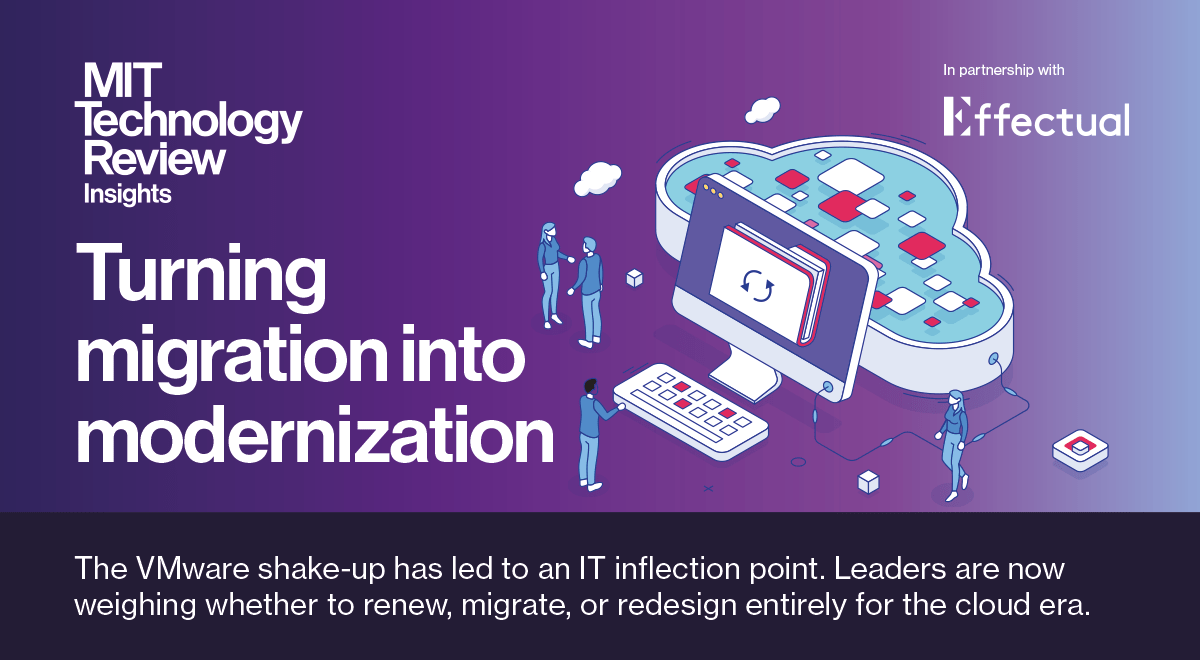Meet the man hunting the spies in your smartphone
In April 2025, Ronald Deibert left all electronic devices at home in Toronto and boarded a plane. When he landed in Illinois, he took a taxi to a mall and headed directly to the Apple Store to purchase a new laptop and iPhone. He’d wanted to keep the risk of having his personal devices confiscated to a minimum, because he knew his work made him a prime target for surveillance. “I’m traveling under the assumption that I am being watched, right down to exactly where I am at any moment,” Deibert says.
Deibert directs the Citizen Lab, a research center he founded in 2001 to serve as “counterintelligence for civil society.” Housed at the University of Toronto, the lab operates independently of governments or corporate interests, relying instead on research grants and private philanthropy for financial support. It’s one of the few institutions that investigate cyberthreats exclusively in the public interest, and in doing so, it has exposed some of the most egregious digital abuses of the past two decades.
For many years, Deibert and his colleagues have held up the US as the standard for liberal democracy. But that’s changing, he says: “The pillars of democracy are under assault in the United States. For many decades, in spite of its flaws, it has upheld norms about what constitutional democracy looks like or should aspire to. [That] is now at risk.”
Even as some of his fellow Canadians avoided US travel after Donald Trump’s second election, Deibert relished the opportunity to visit. Alongside his meetings with human rights defenders, he also documented active surveillance at Columbia University during the height of its student protests. Deibert snapped photos of drones above campus and noted the exceptionally strict security protocols. “It was unorthodox to go to the United States,” he says. “But I really gravitate toward problems in the world.”
Deibert, 61, grew up in East Vancouver, British Columbia, a gritty area with a boisterous countercultural presence. In the ’70s, Vancouver brimmed with draft dodgers and hippies, but Deibert points to American investigative journalism—exposing the COINTELPRO surveillance program, the Pentagon Papers, Watergate—as the seed of his respect for antiestablishment sentiment. He didn’t imagine that this fascination would translate into a career, however.
“My horizons were pretty low because I came from a working-class family, and there weren’t many people in my family—in fact, none—who went on to university,” he says.
Deibert eventually entered a graduate program in international relations at the University of British Columbia. His doctoral research brought him to a field of inquiry that would soon explode: the geopolitical implications of the nascent internet.
“In my field, there were a handful of people beginning to talk about the internet, but it was very shallow, and that frustrated me,” he says. “And meanwhile, computer science was very technical, but not political—[politics] was almost like a dirty word.”
Deibert continued to explore these topics at the University of Toronto when he was appointed to a tenure-track professorship, but it wasn’t until after he founded the Citizen Lab in 2001 that his work rose to global prominence.
What put the lab on the map, Deibert says, was its 2009 report “Tracking GhostNet,” which uncovered a digital espionage network in China that had breached offices of foreign embassies and diplomats in more than 100 countries, including the office of the Dalai Lama. The report and its follow-up in 2010 were among the first to publicly expose cybersurveillance in real time. In the years since, the lab has published over 180 such analyses, garnering praise from human rights advocates ranging from Margaret Atwood to Edward Snowden.
The lab has rigorously investigated authoritarian regimes around the world (Deibert says both Russia and China have his name on a “list” barring his entry). The group was the first to uncover the use of commercial spyware to surveil people close to the Saudi dissident and Washington Post journalist Jamal Khashoggi prior to his assassination, and its research has directly informed G7 and UN resolutions on digital repression and led to sanctions on spyware vendors. Even so, in 2025 US Immigration and Customs Enforcement reactivated a $2 million contract with the spyware vendor Paragon. The contract, which the Biden administration had previously placed under a stop-work order, resembles steps taken by governments in Europe and Israel that have also deployed domestic spyware to address security concerns.
“It saves lives, quite literally,” Cindy Cohn, executive director of the Electronic Frontier Foundation, says of the lab’s work. “The Citizen Lab [researchers] were the first to really focus on technical attacks on human rights activists and democracy activists all around the world. And they’re still the best at it.”
When recruiting new Citizen Lab employees (or “Labbers,” as they refer to one another), Deibert forgoes stuffy, pencil-pushing academics in favor of brilliant, colorful personalities, many of whom personally experienced repression from some of the same regimes the lab now investigates.
Noura Aljizawi, a researcher on digital repression who survived torture at the hands of the al-Assad regime in Syria, researches the distinct threat that digital technologies pose to women and queer people, particularly when deployed against exiled nationals. She helped create Security Planner, a tool that gives personalized, expert-reviewed guidance to people looking to improve their digital hygiene, for which the University of Toronto awarded her an Excellence Through Innovation Award.
Work for the lab is not without risk. Citizen Lab fellow Elies Campo, for example, was followed and photographed after the lab published a 2022 report that exposed the digital surveillance of dozens of Catalonian citizens and members of parliament, including four Catalonian presidents who were targeted during or after their terms.
Still, the lab’s reputation and mission make recruitment fairly easy, Deibert says. “This good work attracts a certain type of person,” he says. “But they’re usually also drawn to the sleuthing. It’s detective work, and that can be highly intoxicating—even addictive.”
Deibert frequently deflects the spotlight to his fellow Labbers. He rarely discusses the group’s accomplishments without referencing two senior researchers, Bill Marczak and John Scott-Railton, alongside other staffers. And on the occasion that someone decides to leave the Citizen Lab to pursue another position, this appreciation remains.
“We have a saying: Once a Labber, always a Labber,” Deibert says.
While in the US, Deibert taught a seminar on the Citizen Lab’s work to Northwestern University undergraduates and delivered talks on digital authoritarianism at the Columbia University Graduate School of Journalism. Universities in the US had been subjected to funding cuts and heightened scrutiny from the Trump administration, and Deibert wanted to be “in the mix” at such institutions to respond to what he sees as encroaching authoritarian practices by the US government.
Since Deibert’s return to Canada, the lab has continued its work unearthing digital threats to civil society worldwide, but now Deibert must also contend with the US—a country that was once his benchmark for democracy but has become another subject of his scrutiny. “I do not believe that an institution like the Citizen Lab could exist right now in the United States,” he says. “The type of research that we pioneered is under threat like never before.”
He is particularly alarmed by the increasing pressures facing federal oversight bodies and academic institutions in the US. In September, for example, the Trump administration defunded the Council of the Inspectors General on Integrity and Efficiency, a government organization dedicated to preventing waste, fraud, and abuse within federal agencies, citing partisanship concerns. The White House has also threatened to freeze federal funding to universities that do not comply with administration directives related to gender, DEI, and campus speech. These sorts of actions, Deibert says, undermine the independence of watchdogs and research groups like the Citizen Lab.
Cohn, the director of the EFF, says the lab’s location in Canada allows it to avoid many of these attacks on institutions that provide accountability. “Having the Citizen Lab based in Toronto and able to continue to do its work largely free of the things we’re seeing in the US,” she says, “could end up being tremendously important if we’re going to return to a place of the rule of law and protection of human rights and liberties.”
Finian Hazen is a journalism and political science student at Northwestern University.


